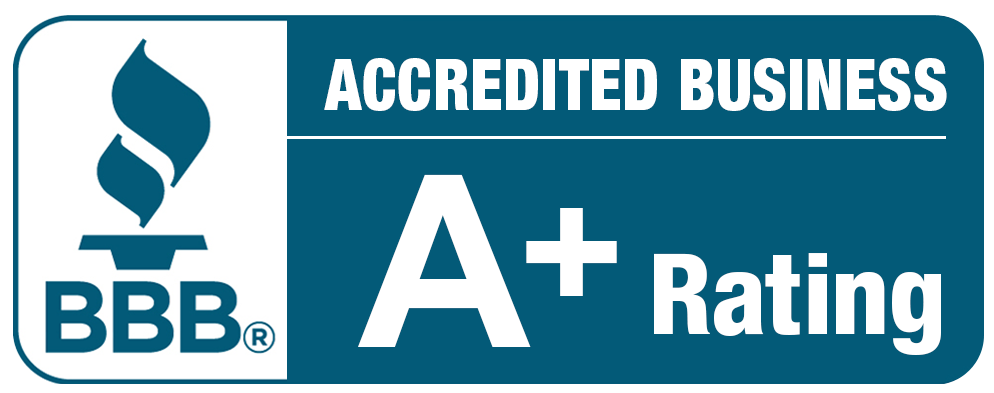A 2019 survey by the Federal Reserve estimates that about 70% of small businesses have outstanding debt. Taking on debt is a normal part of doing business, but unexpected events (like a pandemic or a recession) can make it harder to make your payments on time.
As small businesses struggle with cash flow business debt specialists are often asked which solution is best to allow them to keep their doors open and employees on the payroll and keep valuable customers and clients. The first question we ask is “How much do you need?” and “What do you need it for?”
Microloans through the SBA provide up to $50,000 to help small businesses with the average microloan coming in around $13,000.
The SBA provides funds to specially designated intermediary lenders, which are nonprofit community-based organizations with experience in lending as well as management and technical assistance. These intermediaries administer the Microloan program for eligible borrowers.
How do I use a microloan?
Microloans can be used for a variety of purposes that help small businesses expand. Use them when you need under $50,000 to rebuild, re-open, repair, enhance, or improve your small business. Microloan cannot be used to pay existing debts or to purchase real estate but they can be used for Payroll and working capital, as well as Equipment, Machinery, Inventory, Supplies, Furniture and Fixtures.
Schedule a Free Consultation NOW
Chat with an expert to learn more about our strategies to help you find debt relief.
By clicking “Continue” above, I understand and agree to the following terms and conditions:
- I provide my express written consent to receive calls and sms messages at the number entered or listed above, including for marketing purposes, from National Credit Partners, National Credit Partner’s Affiliate Partners, and any party calling or texting on behalf of National Credit Partners or its Affiliate Partners, including calls and texts made through automated means such as autodialers, selection systems, robocalls, and prerecorded or artificial voice recordings, even if my number is listed on any company-specific, state, or federal Do-Not-Call list.
- Message and data rates may apply. Message frequency varies. Text “STOP” to cancel. Consent is not required as a condition of any purchase.
I authorize National Credit Partners to share my information with its Affiliate Partners, and they may further share my information with their partners. National Credit Partners and its Affiliate Partners may exchange information about me, including my loan terms and account. - I agree to National Credit Partner’s Terms of Use, Privacy Policy, and to receive communications electronically.






